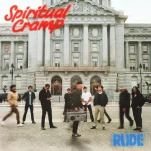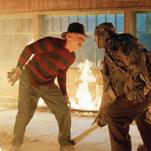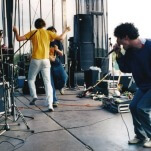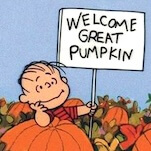My Month of Flagships: Deschutes Brewery Black Butte Porter
Photos via Deschutes Brewing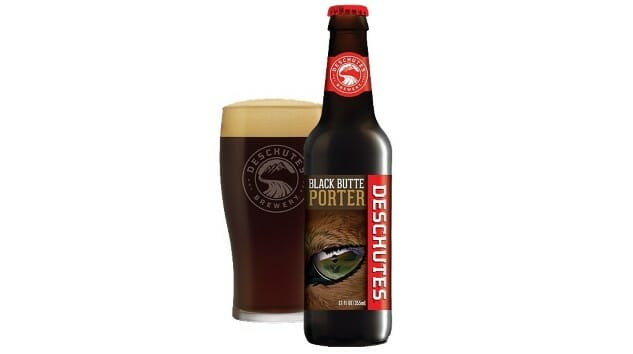
This essay is part of a series this month, coinciding with the concept of Flagship February, wherein we intend to revisit the flagship beers of regional craft breweries, reflect on their influence within the beer scene, and assess how those beers fit into the modern beer world. Click here to see all the other entries in the series.
Flagship dark ales have always been far more of a rare sighting among craft breweries in the United States, in comparison with flagship pale ales, IPAs, amber ales, golden ales, wheat beers and even lagers. It’s not hard to see why: Compared to styles like pale ale, your average porters and stouts were much more challenging, at least in terms of appearance, to those drinkers who were slowly making the conversion away from light lager and in the direction of craft beer in the 1980s and 1990s. Especially for those who grew up in the heyday of industrial lager (the ‘60s and ‘70s), dark beers were simply an especially intimidating sight—they suggested everything you didn’t know about beer, and worse yet were saddled with nonsense descriptors like “heavy” that were never meant as a compliment.
Whereas something like an amber ale might have allowed those drinkers to dip a toe into more malt-driven beer styles in a way that was gentle and inviting, the jet black hue of a proper porter or stout was a much more significant visual hurdle to overcome. Sure, almost all of the regional breweries of yesteryear had year-round porters and stouts in their lineups, but they were almost universally seen as nichier, “speciality” beers for a select clientele of more adventurous drinkers. In other words, they were rarely a brewery’s workhorse, and almost never the beer whose sales kept the lights on … with a handful of exceptions.
-

-

-

-

-

-

-

-

-

-

-

-

-

-

-

-

-

-

-

-

-

-

-

-

-

-

-

-

-

-

-

-

-

-

-

-

-

-

-

-



